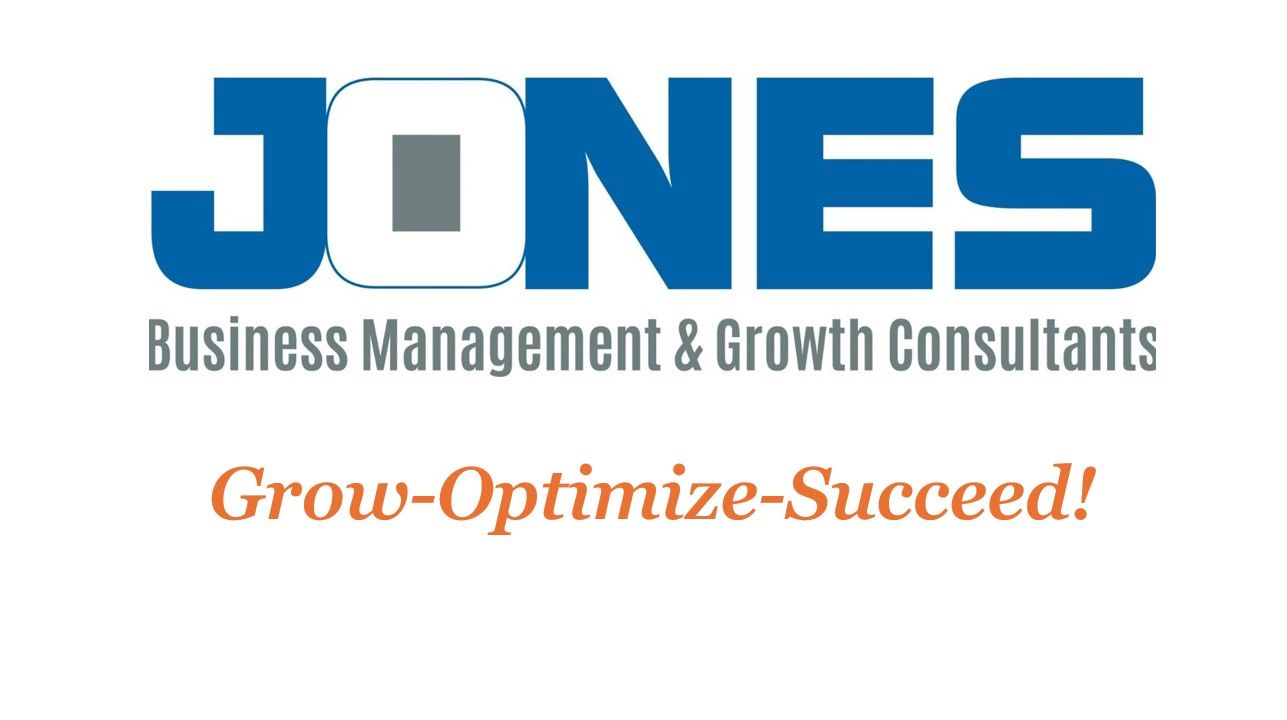The One-Third Rule: Mowing Grass and Growing Your Business
Daniel Jones • January 6, 2025
Focus On Your One Blade of Grass

I’ve been seeing a lot of posts from newer folks talking about different services they want to offer. These ideas often seem driven by the need to make money right now—especially during the slow season when their client base isn’t big enough to cover their expenses. Some of these offerings align with their core business, but many don’t.
I get it. Nothing is scarier than going into your first slow season knowing your income isn’t enough to cover what you need. But I want to take some time to share what I’ve learned—through trial and error—about the risks of branching out too soon. My hope is to help others avoid the long-term damage that can come from overextending before your core business is strong.
Let’s start with a lesson I learned early on in lawn care.
The Golden Rule of Mowing
In lawn care, there’s a simple rule: never cut more than one-third of a blade of grass at one time. Why? Because when you take too much off the top, the grass has to shift all its energy into regrowing the blades, sacrificing root health and lateral spread. This leaves the grass weaker, less able to withstand stress, disease, or drought.
This isn’t just about grass—it’s a powerful metaphor for business. Especially when you’re starting out, the same principle applies: overextending yourself by taking on too much too soon can weaken your business’s foundation.
The Danger of Expanding Too Quickly
When you’re building your business, it’s tempting to branch into other services—tree work, fence installation, junk hauling, pressure washing, you name it. And I totally understand why. It’s hard to watch your team sit idle in the off-season, or to see your bills pile up when your client base isn’t where it needs to be.
But jumping into too many services, especially ones outside your expertise, can hurt your core business. Here’s how:
Lost Focus: Expanding too quickly can distract you from refining your core services—lawn maintenance, landscaping, or whatever your primary offering is.
Strained Resources: Just like grass sacrifices root health to regrow its blades, you risk spreading your team, equipment, and finances too thin. Think about this: if you add services now, can you realistically manage all of them once your core business picks up again? And if not, will you tell clients you’re no longer offering those services? Either way, there’s a cost.
Reputation Risk: If you take on work outside your expertise and underdeliver, it can harm your reputation. And if you have to stop offering those services later, it could create confusion or disappointment among your clients.
Focus on Growing Your Core Business
The healthiest grass grows strong roots before it spreads wide. The same is true for your business. Before you branch into other services, focus on growing this blade of grass—your core business:
Master Your Core Offering: Deliver consistently high-quality results in your primary service. If you offer lawn maintenance, keep your offerings tied to that—mulch, leaf removal, weeding, pruning. Keep it relevant, and master these first.
Build a Loyal Client Base: Your core customers are your foundation. If they trust you, they’ll refer others and be open to new services you offer later.
Develop Systems and Processes: Make sure your current operations run smoothly without requiring your constant involvement. Your core service needs to function like a well-oiled machine before you add complexity.
Focus on growing this blade of grass—not at the expense of your roots, and not by watering down your focus with other offerings.
Expanding the Right Way
Once your core business is healthy, profitable, and supported by a competent team, you’ll be in a better position to expand—just like healthy grass can handle a heavier cut without harm. When you’re ready, keep these tips in mind:
Add One Service at a Time: Grow deliberately, ensuring you have the skills, equipment, and team to support the new offering without compromising your primary work.
Test the Market: Gauge interest in the new service before fully committing.
Deliver the Same Excellence: Apply the standards and systems that made your core business successful to the new service.
A Lesson from My Experience
This isn’t just theoretical. Early in my career, I made the mistake of overextending myself. I took on more than I was ready to handle, and by the time I realized it, I had to eat my hat with a lot of customers. I was lucky—my willingness to admit my mistakes and show humility kept some of those upset clients from leaving. But it was a hard lesson to learn.
Take it from me: focus on your one blade of grass right now. Build your core business first, and the rest will come.
I’d love to hear from others, especially experienced landscapers—what are your thoughts on this? What lessons have you learned about branching out too soon or too late?

Most landscapers track total sales, but sales alone do not tell you if you are winning or losing. You can have a record-breaking revenue month and still come up short on profit. The number that actually tells the truth is revenue per hour — how much your business earns for every production hour you work. Why Revenue per Hour Matters Every business only has so many production hours each week. Those hours are your inventory. When you fill them with low-profit jobs or inefficient routes, you waste your most valuable resource. Revenue per hour measures how efficiently you turn your crew’s time into money. It exposes what your “busy” really earns. What It Reveals Underpriced work : Jobs that seem fine on paper but drag down hourly return. Inefficient routes : Too much windshield time and not enough production. Wasted labor : Crews that take longer than the estimate or lack clear systems. Profit leaks : Jobs that look big in revenue but small in margin. When you track revenue per hour, you start spotting which jobs and services actually make sense — and which ones are quietly draining you. How to Calculate It Take your total revenue for a job, route, or week. Divide it by the total billable production hours your crew worked. The result is your Revenue per Production Hour (RPH) . Compare that to your break-even hourly rate — the amount you need to cover all labor burden, overhead, and profit. If your RPH is not comfortably above that number, the job is not profitable. How to Use It Drop or reprice the lowest RPH clients. Focus your marketing on the most profitable service types. Route for density so drive time does not eat production time. Reward crews that consistently hit higher RPH with efficiency bonuses. This is how smart landscapers grow. They do not just add more clients — they make each hour worth more. Your Next Step If you are ready to stop chasing revenue and start maximizing profit, learn how to track and raise your Revenue per Hour using real numbers. Inside my Pricing Fix Sprint , I teach landscapers how to calculate their break-even rate, identify profit leaks, and make every job count. 👉 Join the Pricing Fix Sprint here and start making every hour work harder for you.









